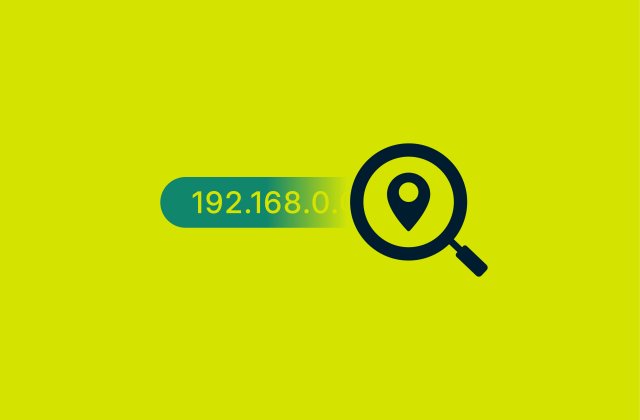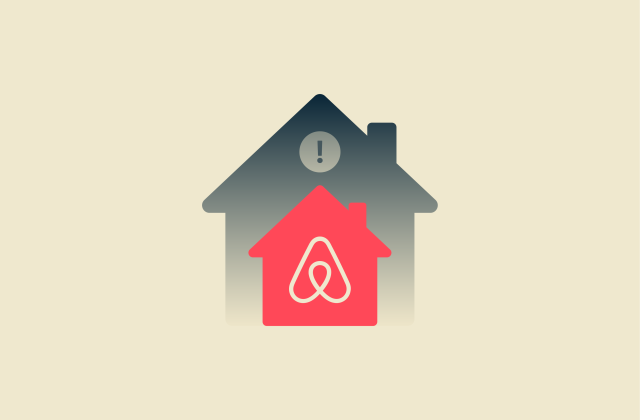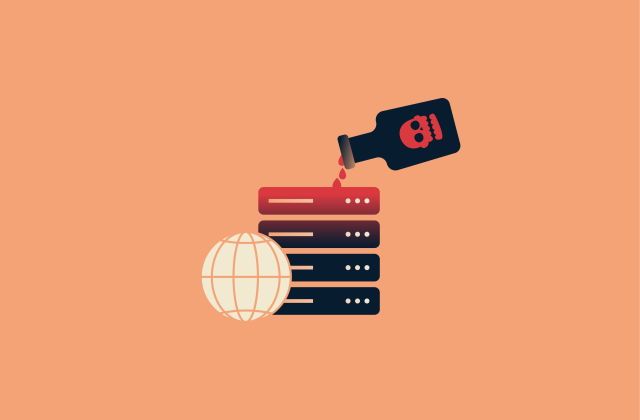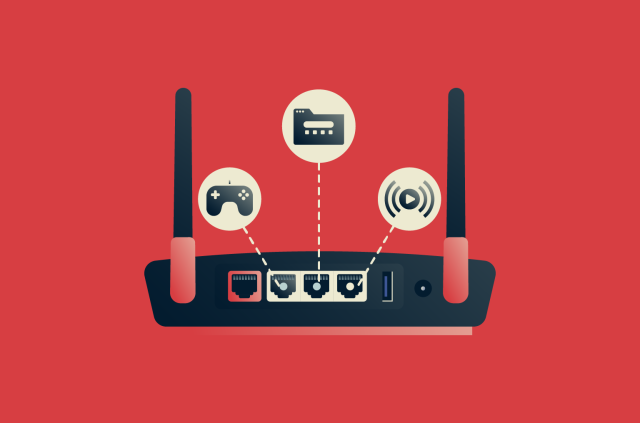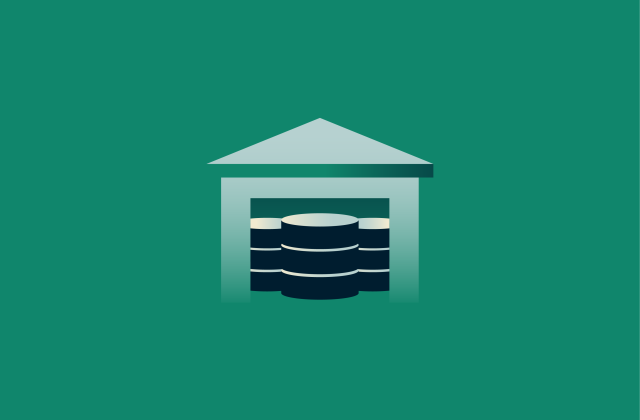How to get internet in rural areas: Complete guide to reliable connectivity
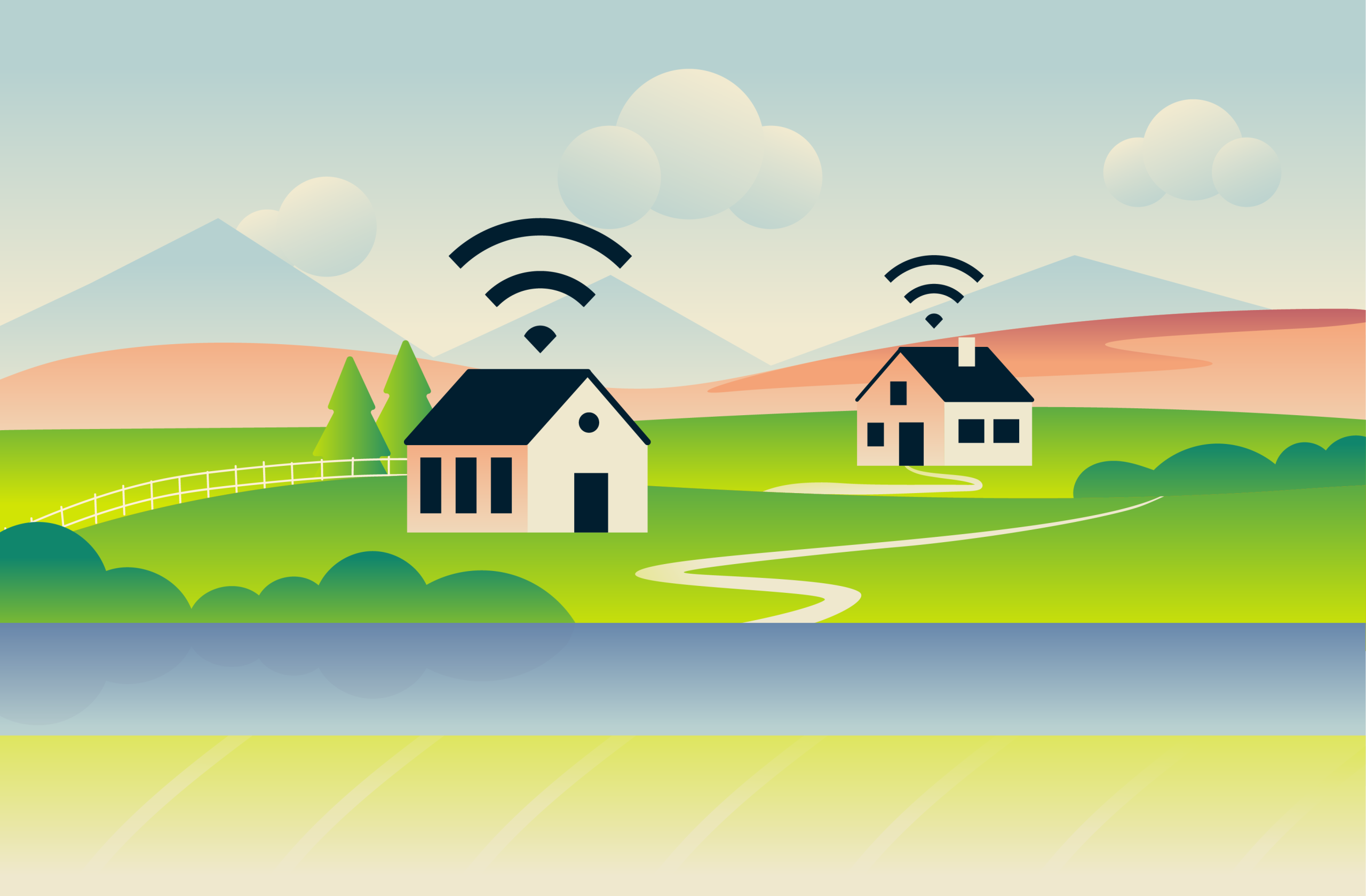
Finding reliable internet in rural areas can be a significant challenge. In such locations, you are less likely to have consistent and fast internet access, especially in comparison to urban areas.
Obstacles like geographical barriers, low population density, and high infrastructure costs often limit the internet options available. However, new technologies and solutions are making it easier to get connected. This guide will explore the best rural internet options and cover how to get online reliably in these areas.
Why high-speed internet is necessary in rural areas
In today’s interconnected world, it’s fair to consider high-speed internet a necessity rather than a luxury. The internet provides access to critical services, economic opportunities, and more.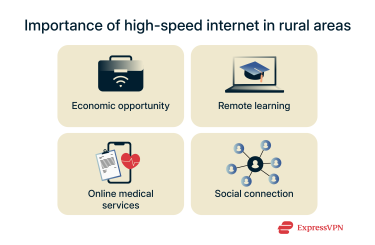
Below are some more of the key benefits high-speed internet provides that make it a necessity in rural areas.
- Economic opportunities: Reliable internet helps local businesses thrive and creates job opportunities. It also enables remote work, giving residents access to jobs outside their immediate geographic area. The World Economic Forum predicts that remote roles are estimated to grow to over 90 million by 2030, and not having access to high-speed internet is a significant barrier to these opportunities.
- Remote learning: A lack of digital connectivity can keep students in rural communities from accessing online learning resources that are integral to modern-day education. It can also make it difficult for rural communities to attract teachers, as they won’t have access to the modern-day tools needed to effectively do their job.
- Improved access to health information and services: Online health information can help rural users adopt healthier behaviors and remain up to date with the latest advice and data. In addition to accessing this information, users in rural areas can gain access to telehealth services. Patients with health conditions may find traveling to in-person appointments difficult, and these journeys can burden them with additional costs.
- Social connection: The internet enables residents to maintain social bonds with friends and family, participate in community activities, and access news and entertainment. Studies have found that internet access is associated with various social benefits, like frequency of contact with people, greater use of social amenities, and generally improved mental well-being.
What are the internet options in rural areas?
While rural areas may have less options than urban areas, there are still several types of internet connections available that are capable of providing high speeds.
Fiber optic: When and where is it available?
Fiber-optic is the fastest and most reliable option for internet access. It uses thin strands of glass to transmit data as pulses of light. This technology usually offers symmetrical speeds due to its larger capacity to deliver data, meaning your upload speeds are as fast as your download speeds.
However, it’s rarely an option in rural areas. Laying fiber-optic cable is expensive, and providers have historically focused on high-density urban areas.
Satellite internet
Satellite internet works by sending a signal from a dish at your home (or from specially-designed phones or Wi-Fi hotspot devices) to a satellite over 22,000 miles (35,405 kilometers) above the equator. That satellite then relays the signal to a ground station known as the Network Operations Center (NOC), which connects to the internet. This makes it available almost anywhere, even in the most remote locations.
Traditional satellite providers use geostationary satellites, which are far from Earth and have noticeably high latency, as the data has to travel a long distance between the source, your device, and the satellite. They’re generally only capable of speeds of up to 50Mbps.
Newer services like Starlink use a network of low Earth orbit (LEO) satellites. This LEO network significantly reduces latency, making it a viable option for online gaming, where low latency is crucial.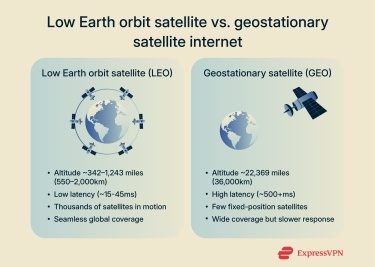
Did you know? Satellite phones work by communicating directly with satellites instead of cell towers to enable communication and internet access. Similarly, satellite Wi-Fi hotspot devices connect to satellites to provide Wi-Fi internet to nearby devices.
Wireless home internet
Wireless home internet, also known as Fixed Wireless Access (FWA), delivers broadband to your home via radio signals. A provider installs a router or antenna, which points to a nearby transmission mast or pole that’s connected to the internet, which then communicates with the device installed at your home.
This option often provides higher speeds and lower latency than traditional satellite internet. However, it requires a clear line of sight to the provider's tower. Trees, hills, or other buildings can obstruct the signal.
Mobile broadband (4G/5G)
Mobile broadband uses the same 4G and 5G cellular networks that connect your smartphone to the internet. You can use a secure mobile hotspot from your smartphone or a router with SIM card support to create a Wi-Fi network for your home. This is one of the easiest ways to get rural internet access, as it requires no professional installation.
Service quality depends entirely on the strength of the mobile signal at your home. While 5G offers very high speeds, its coverage in rural areas is still limited. 4G is more common but not as fast.
Broadband over power lines (BPL)
BPL is a technology that sends high-speed data over existing electrical distribution wiring. This allows internet access to be delivered to any home or business connected to the power grid. It’s worth noting, though, that BPL uses a wider frequency range, higher frequency, and different technologies compared to other power-line infrastructure to achieve this functionality.
BPL’s availability to use existing electrical infrastructure makes it a cost-effective solution.
Community and municipal networks
In some areas, local governments or community cooperatives have built their own broadband networks. These municipal networks are created to provide affordable and reliable internet to residents, especially in areas that aren’t serviced by private providers.
Currently, there are several municipal broadband providers in the U.S., like Ammon Fiber in Idaho and Bandera Fiber in Texas. Some states have laws that limit or restrict municipal broadband, and there have also been proposals to extend such restrictions at the federal level.
Internet through TV white space (TVWS)
TVWS technology uses unused broadcast television frequencies to deliver wireless internet, which is also known as White Space Internet. They can travel long distances of up to 25 miles (40km) and don’t require line of sight to a signal tower; signals aren’t disrupted by obstacles like trees and walls.
The potential coverage makes TVWS a promising technology for delivering internet connectivity to rural areas, but its speeds are somewhat slow, generally approaching only 25Mbps for download and 3Mbps for upload.
At the time of writing (towards the end of 2025), Microsoft has been piloting TVWS technology in the U.S. and Africa through its Airband initiative, which aims to bring broadband to millions of people in underserved rural areas.
DSL in rural areas: Is it still worth it?
Digital Subscriber Line (DSL) internet runs over copper telephone lines. Certain types of DSL connections, such as Very-high-bit-rate DSL (VDSL) are capable of achieving download speeds greater than 50Mbps. It isn’t the fastest option available, but it’s an effective method of providing broadband connections to rural areas.
The biggest drawback of DSL is that speed degrades significantly over distance. The farther a home is from the provider's central office, the slower the connection will be.
How to improve rural internet speed
While rural internet solutions typically aren’t the fastest on the market, there are several ways to ensure you’re making the most of what you have.
Optimizing your home setup
Simple adjustments to your existing internet devices can make a noticeable difference.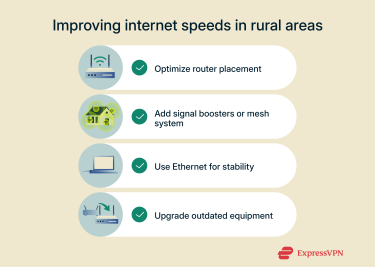
Router placement and signal boosters
Your router's location has a major impact on Wi-Fi signal strength. For the best results, place your router in a central, elevated location. Avoid putting it in corners, cabinets, or near electronics like microwaves, which can interfere with the signal.
If your home is large, has thick walls, and/or has multiple floors, a single router may not be enough. A Wi-Fi booster or extender can rebroadcast the signal to cover dead zones. An even better solution is setting up a mesh network to create a single, strong, and seamless network.
Using Ethernet for stable connections
Wi-Fi is convenient, but a wired Ethernet connection will usually be faster and more reliable. An Ethernet cable connects your device directly to your router, eliminating signal interference and slowdowns caused by walls or distance.
Upgrading your equipment
Outdated equipment, like routers that are several years old, can become a bottleneck for your internet connection, as they may not support the latest Wi-Fi standards or have the capability to handle your internet plan’s maximum speeds. Simply upgrading to a newer router may improve connection strength and speed.
Advanced solutions
When basic optimization is not enough, you may wish to try the below strategies.
Combining multiple connections (internet bonding)
Internet bonding is a method of combining two or more different network channels into a single channel to increase bandwidth and reliability. You can bond almost any modern internet connection together, including DSL, satellite, and 4G/5G. This is particularly useful in rural areas where a single connection may be slow or unreliable.
Internet bonding can be done through two methods. First is the hardware method, where a specialized bonding router is used to merge and manage the connections. However, this isn’t always the most practical option considering how these routers are usually costly.
Alternatively, you can use the software method. One approach is channel bonding software that operates similarly to a VPN. With such solutions, you use an app that connects to a server. The app and server work together to bond Wi-Fi, 4G/5G, wired, and satellite internet connections before sending you on to the wider internet.
Another software-based approach is using a utility like MASV Multiconnect, which automatically detects any networks bonding a signal and lets you combine them together to increase your bandwidth and improve download speeds.
Setting up multiple networks
If bonding isn't an option but you still have access to multiple connections, you can use a load-balancing router to manage two internet connections simultaneously. This method offers similar benefits to internet bonding, as it lets you use more bandwidth than a single connection. In addition, if one connection goes down, you can rely on the other.
Factors to consider when choosing a rural internet provider
Choosing the right internet provider in a rural area involves balancing availability, cost, and performance. Unlike urban areas with many options, your choices may be limited, making it crucial to evaluate each provider carefully.
Service availability and coverage
The biggest deciding factor in rural areas is availability. Start by using online broadband checkers and provider websites to see which companies service your home. Additionally, you can check with neighbors to see what services they use and how they perform, as this will provide a much more accurate picture of the performance you can expect from a provider.
Speed and data caps
Providers advertise "up to" certain speeds, but actual speeds in rural areas can be much lower based on signal coverage and infrastructure. Speed is also affected by the technology and your distance from the provider's infrastructure. Ask potential providers for a realistic speed estimate for your specific address before committing to one.
You should also pay close attention to data caps, which limit the amount of data you can use per month. Many satellite and mobile broadband plans have them. If you exceed the cap, your provider may charge you overage fees or throttle your speed, making the connection slower than it usually is.
Pricing, contracts, and hidden fees
Read any contract details carefully. Many providers offer a low introductory price that increases during the year to account for inflation and business costs. You should also look for hidden charges, including installation fees, equipment rental or purchase costs, and other one-time setup fees.
Customer service and reliability
Reliability is critical, especially if you work from home or rely on the internet for essential services. Keep in mind that the internet in rural areas can be more prone to weather-related outages.
If problems occur, good customer service is essential. A provider with prompt response times and knowledgeable staff can make a significant difference. This is another area where feedback from your neighbors can help significantly in assessing how good an internet provider is.
FAQ: Common questions about internet in rural areas
What is the best broadband option for rural areas?
If it is available, fiber-optic internet is the fastest and most reliable option. If you cannot get fiber, the next best options are typically 5G home broadband, fixed wireless, or a satellite internet service.
What are the pros and cons of satellite internet?
The main benefit of satellite internet is its reach, as it can reach almost any remote location. The primary drawbacks include high latency and slower speeds, but these aren’t an issue with low Earth orbit (LEO) satellite internet services like Starlink.
Can I get high-speed internet in very remote locations?
Yes, it’s possible through satellite internet services like Starlink, which use low Earth orbit (LEO) satellites to deliver high-speed, low-latency connections in remote areas.
Take the first step to protect yourself online. Try ExpressVPN risk-free.
Get ExpressVPN



